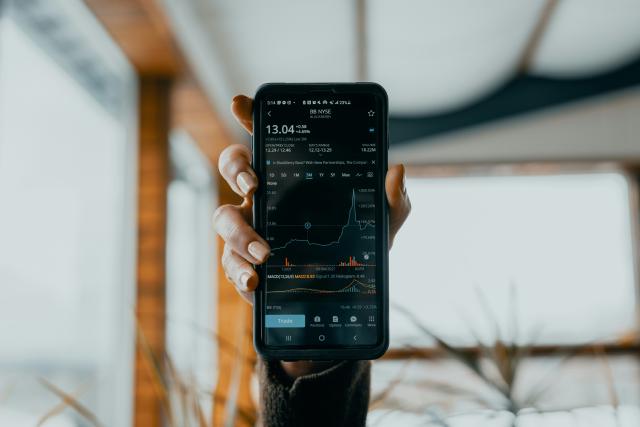Finding the Right Budgeting App for You
There are so many budgeting apps available that it can often be overwhelming deciding what would be the best budgeting app would be the right choice. At the same time, FOMO is real. What if there’s an app with better features, or would serve your needs better than the one you chose?
You’ll have to really know what you’re looking for to make the best choice, but don’t worry—we’ve got your back. Here aer a couple of questions to ask yourself to find the ideal budgeting app that works for you.
- What’s your main financial goal?: The first step in finding the right budgeting app is identifying why you need one in the first place. You’ll likely fall into one of these categories:
- a) Saving for a goal: You’ll need an app that helps you track progress and set savings targets.
- b) Tracking day-to-day spending: Look for an app with clear categorization of expenses and spending summaries.
- c) Paying off debt and improving financial health: Opt for a budgeting tool that focuses on debt management and gives you insights into your financial habits.

Next, consider your comfort level with technology:
- a) Very comfortable: Explore comprehensive tools that offer personalized insights and advanced features. For power user’s like you, there are several online budgeting apps that are more effective than pen and paper.
- b) Somewhat comfortable: Focus on user-friendly apps with simple interfaces that won’t overwhelm you.
- c) Not very tech-savvy: Seek out budgeting apps that are straightforward and easy to understand.
- What Device Do You Use Most?
Budgeting apps are often designed with specific devices in mind. Are you using:
- a) A smartphone: You’ll want an app that’s optimized for mobile use and offers on-the-go updates.
- b) A laptop or desktop: Desktop apps or web-based platforms might be a better fit for in-depth financial management.
- c) A tablet: Look for apps that take advantage of a tablet’s larger screen for easier navigation.
- Willing to Pay for Premium Features?
Budgeting apps come in both free and paid versions. Consider what you’re comfortable with:
- a) Willing to pay for premium features like detailed analytics, personalized advice, or syncing with multiple devices? Many paid apps provide extra value.
- b) Prefer free options but open to paid upgrades? Choose an app that offers a free version with basic features and paid tiers for more tools.
- c) Need a free app with no fees? Some excellent free apps still provide robust budgeting features without a subscription.
- Do You Want Personalized Financial Advice?
Lastly, think about whether you prefer personalized insights:
- If you like tailored advice, look for apps that analyze your spending and give recommendations.
- If advice is nice but not necessary, a mid-range app with some analytics might suit you.
- For those who prefer simplicity, go for an app that focuses on basic budgeting without extra complexities.
Results: Which App is Best for You?
Now that you’ve considered these factors, here’s a breakdown of which type of app might be best for you:
- Mostly A’s: You need a comprehensive app with advanced features and personalized insights. Apps like Mint or M-Pesa provide robust budgeting tools and detailed financial tracking.
- Mostly B’s: A user-friendly app that simplifies budget management is your best fit. Try apps like MySafaricom or Money Lover, which have intuitive interfaces and basic features.
- Mostly C’s: You’re looking for something simple and easy to use, without any fees or complicated features. Check out free apps like PesaManager or Monefy that offer the essentials.

